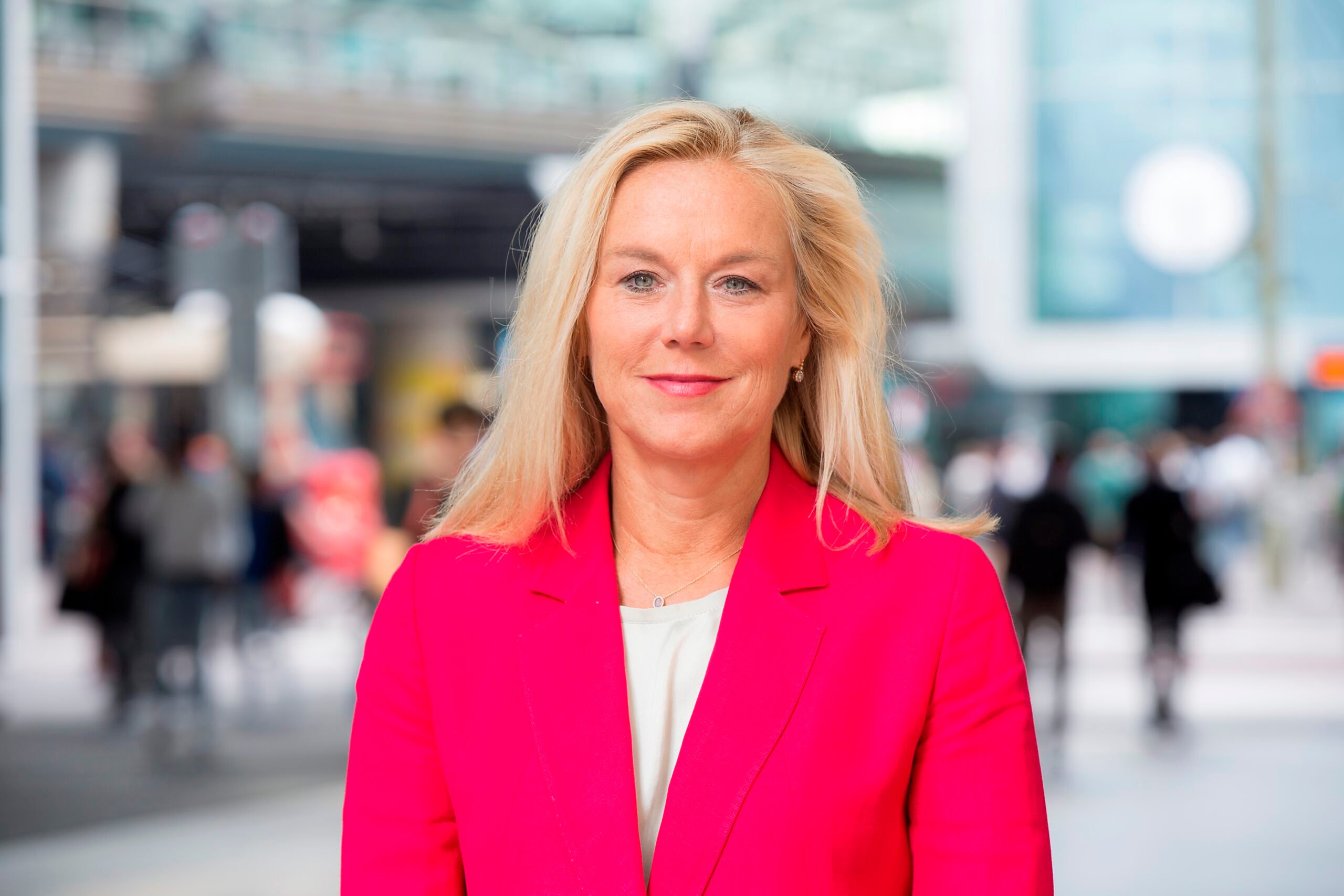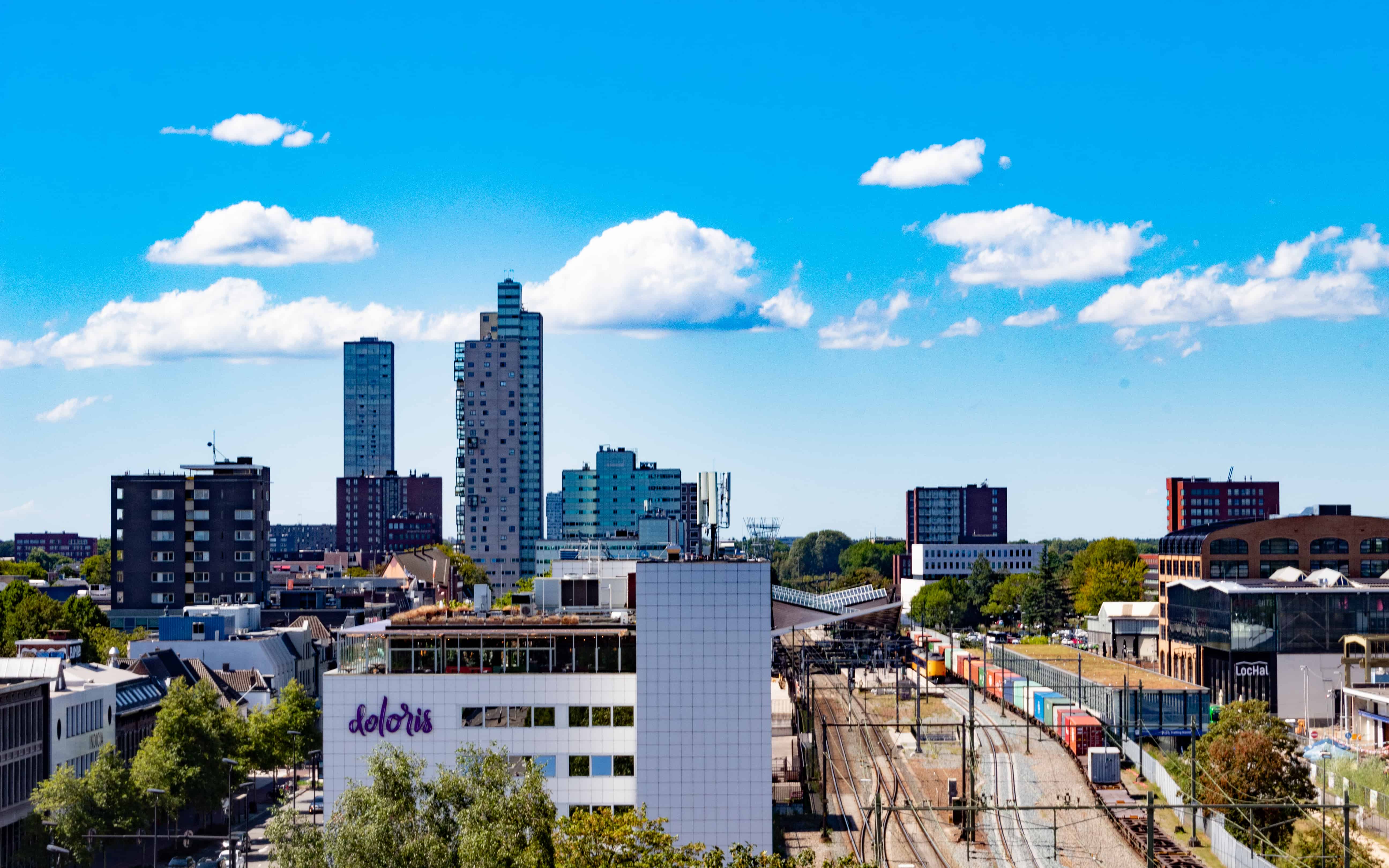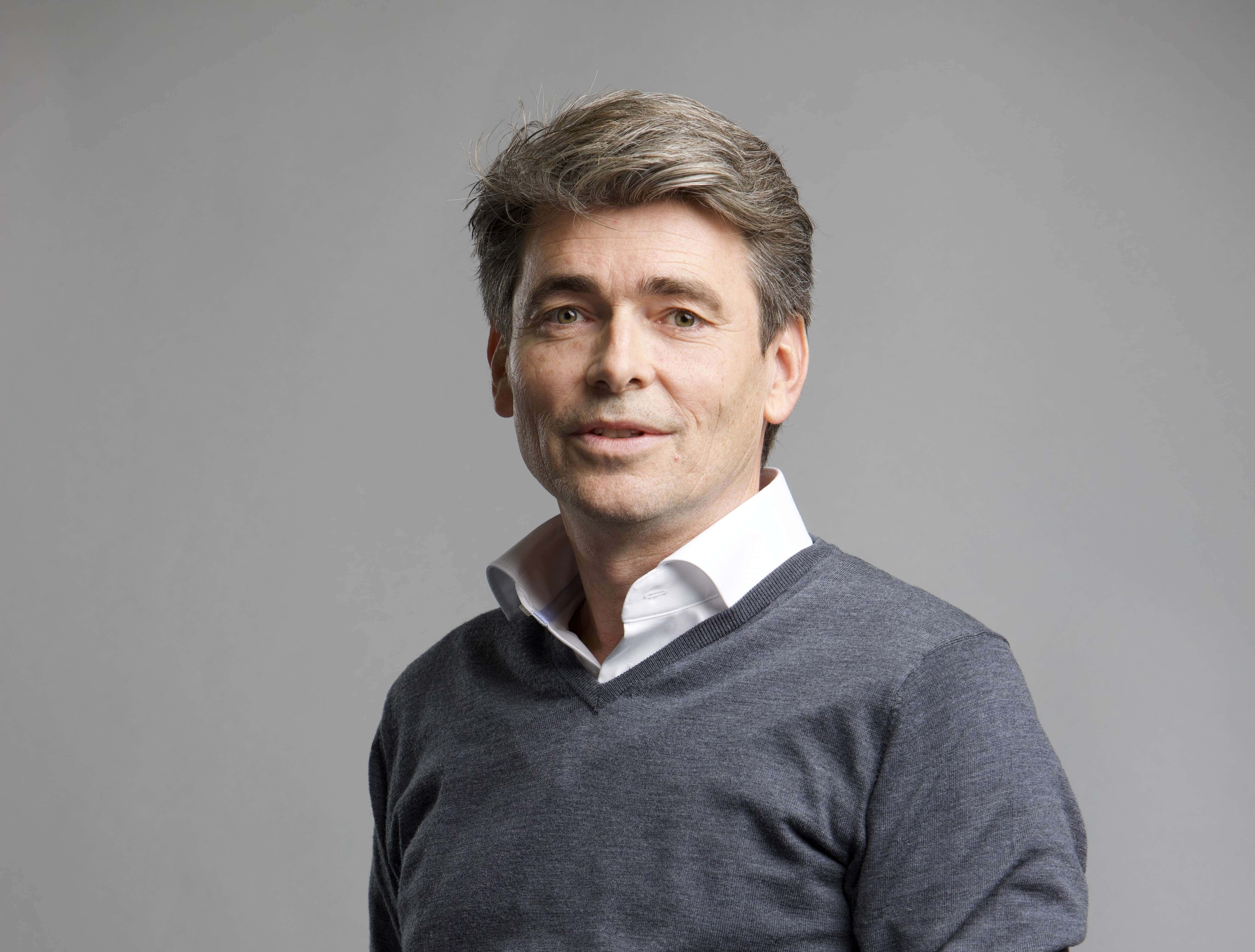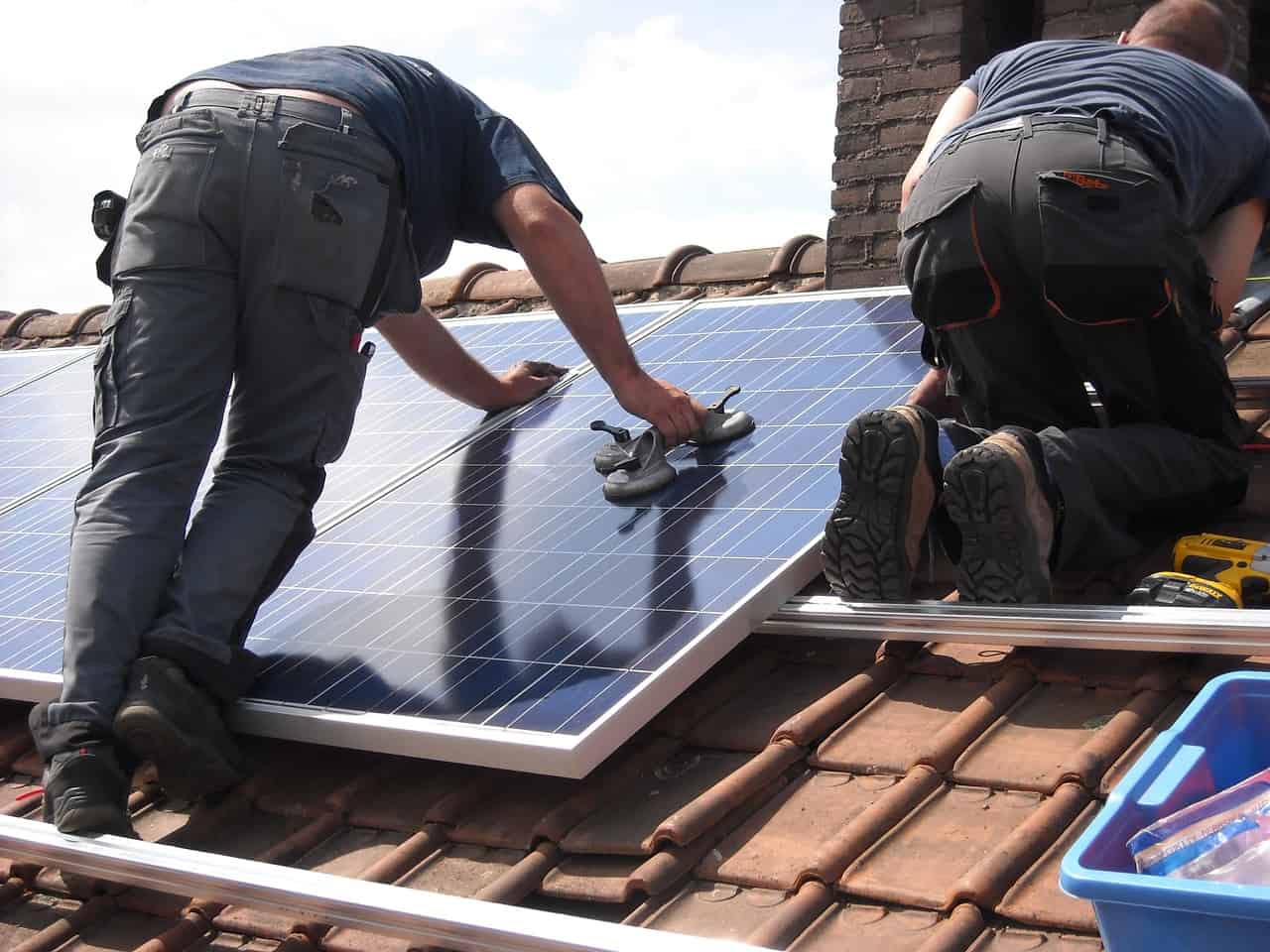
The time has come at long last: The Netherlands is the last country to bid for money from the European Recovery and Resilience Facility (RRF). Today, Sigrid Kaag, Minister of Finance, sent a first draft of the Dutch Recovery and Resilience Plan (NHV) to the House of Representatives and outlined its main points. Originally, the government was going to request €5.8 billion, but because the Dutch economy is doing relatively well, that amount has been revised to €4.7 billion. The draft plan amounts to €7.7 billion in total.
With that budget, 39 measures (23 investment plans and 16 reforms) related to the green and digital transition should be financed. The main themes are issues that are also key to the coalition agreement, such as climate change, public housing and the labor market.
You can read what other countries are doing with the money provided by the RRF fund in our ‘Decarbonizing Europe’ dossier.‘
Carbon tax for industry and tax reforms
As for investments in the green transition, Kaag wrote about reforming car and energy taxes, a carbon tax for industry, and toughening up airline taxes. The nitrogen problem must be dealt with by measures in the agricultural, mobility and industrial sectors. An increase in the sustainable generation capacity of offshore wind turbines is also an important theme.
In the field of digitalization – where, according to guidelines from the European Commission, a minimum of twenty percent of the budget needs to be spent – the Dutch cabinet lists investments in safe, smart and sustainable mobility, artificial intelligence and quantum technology, and the further digitalization of the criminal justice chain.
In addition to that, the housing market is an important theme within the NHV. Kaag writes: ” In order to address the housing shortage, approximately 900,000 additional homes are needed by 2030…. We are using the housing incentive to drive part of the housing construction efforts.”
In the letter, Kaag emphasizes that this is a draft version of the plan: the ideas still need to be discussed with the House of Representatives and then be approved by the European Commission.







